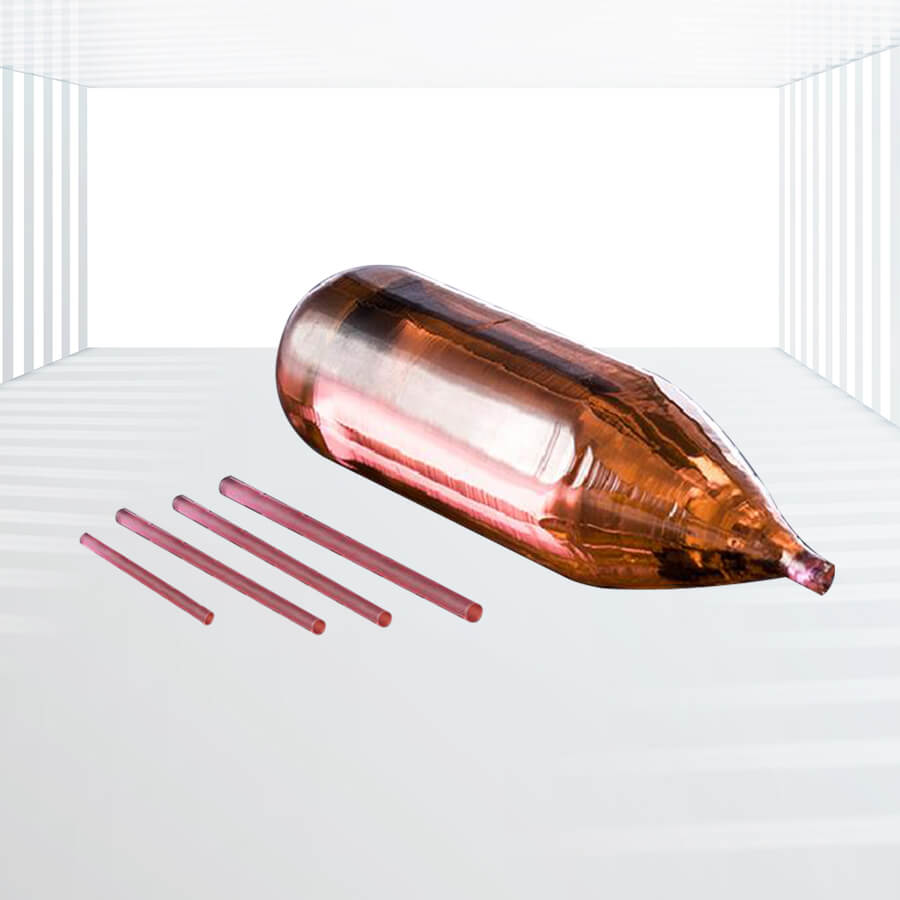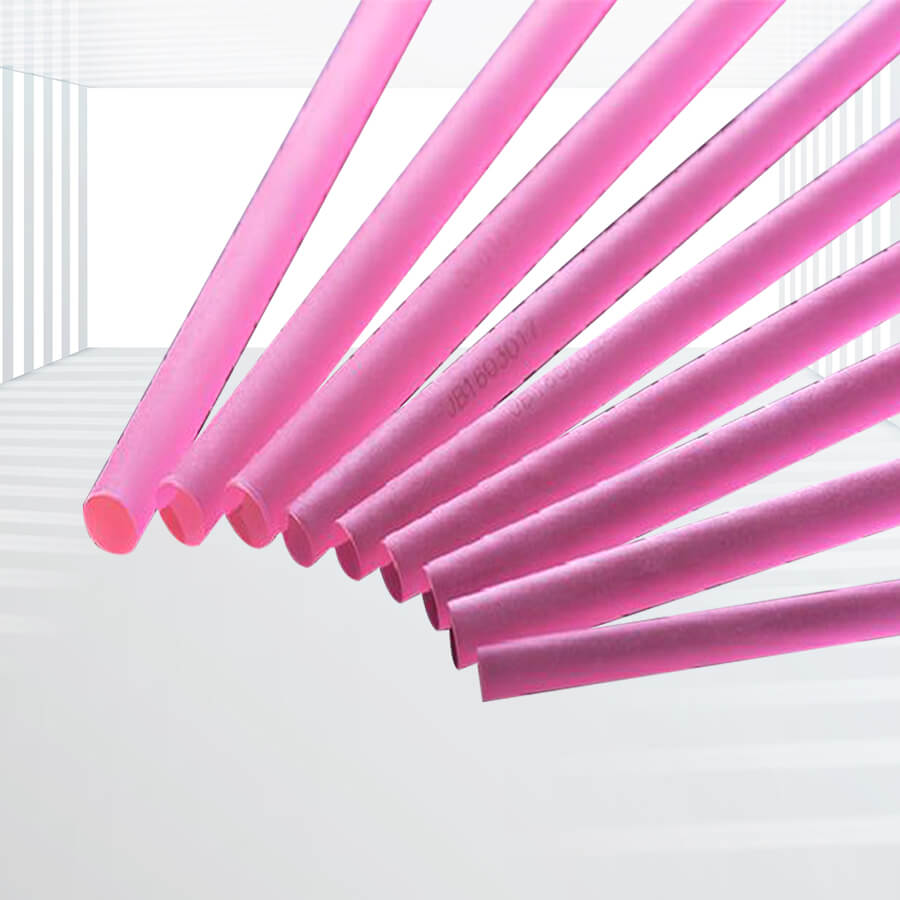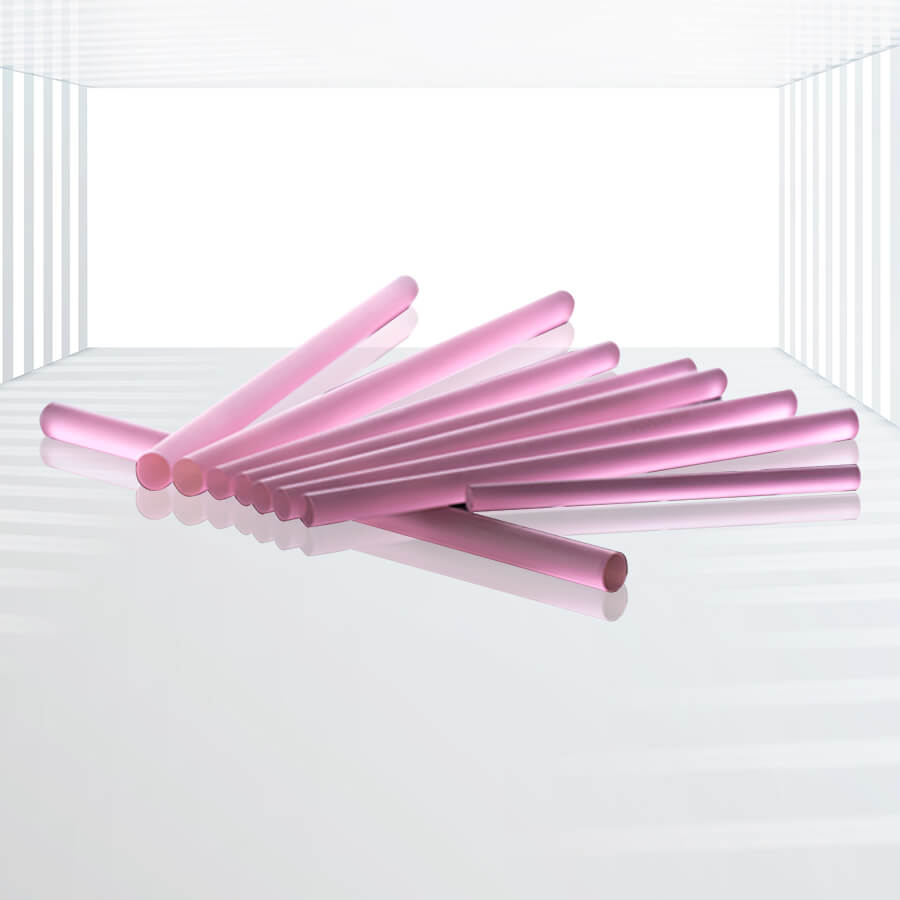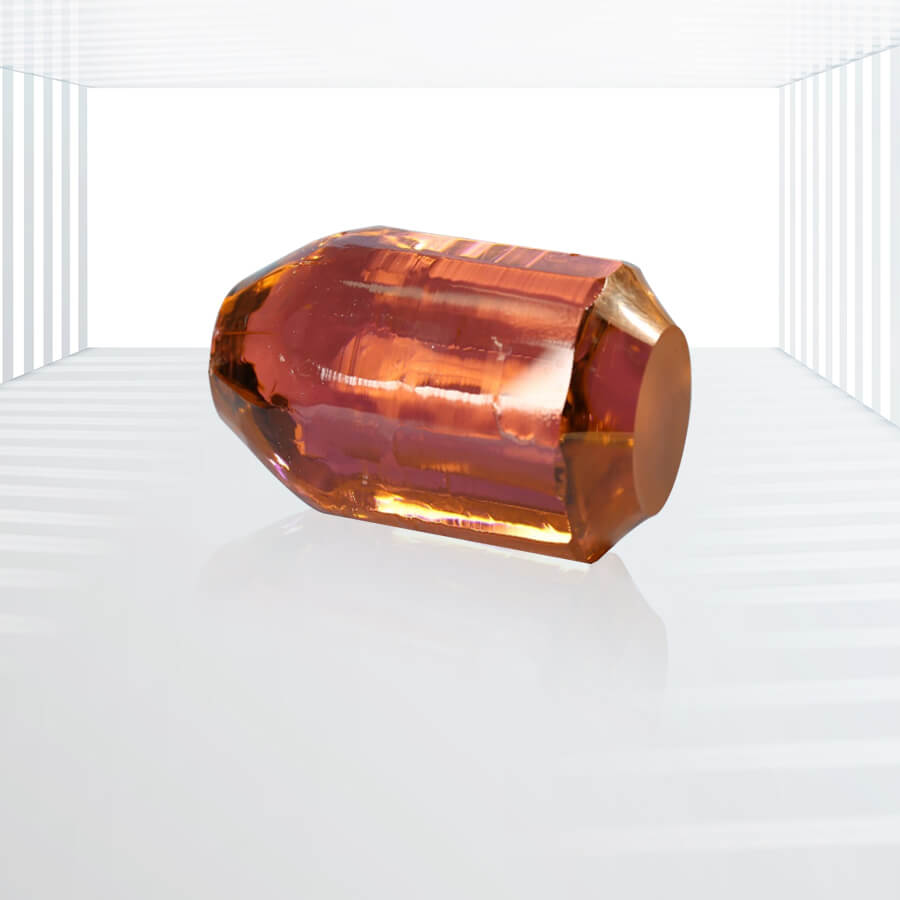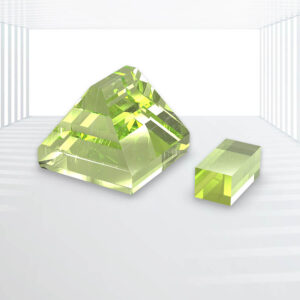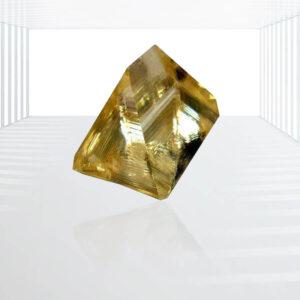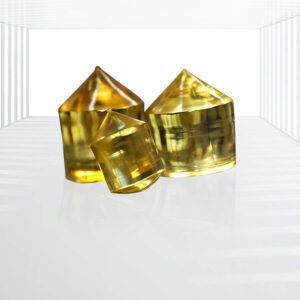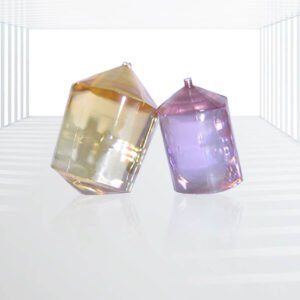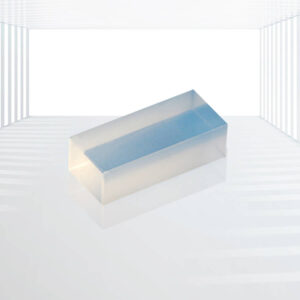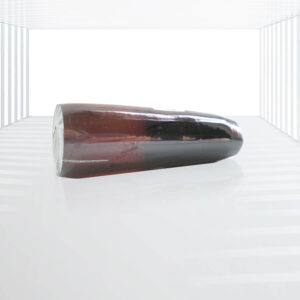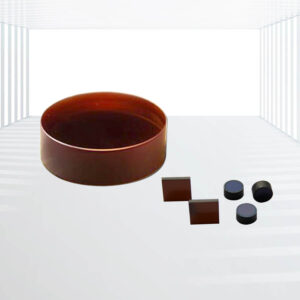Er:YAG Crystal
Main Advantages: Very high slope efficiency, Operates well at room temperature, Operate in a relatively eye-safe wavelength range
Applications: Medical Applications, Industrial Applications,Scientific Research Applications,Military and Defense
Er:YAG is an excellent laser material emitting at a wavelength of 2.94 μm. It is widely utilized in medical laser systems and various other fields. Known for its high slope efficiency, the wavelength it emits is relatively safe for human eyes.
Main Advantages:
Wavelength Suitability: Emitting at 2.94 μm, Er:YAG crystals operate within a wavelength range that is highly effective for precise tissue ablation in medical applications, such as dermatology and dentistry. This wavelength is also ideal for certain industrial laser processes.
High Efficiency: Er:YAG crystals have high slope efficiency, meaning they efficiently convert pump energy into laser output. This characteristic is crucial for achieving high-power laser systems with minimal energy loss.
Safety: The 2.94 μm wavelength of Er:YAG lasers is relatively safe for human eyes compared to shorter wavelengths commonly used in other laser systems. This safety profile is essential for medical applications where laser treatments are performed near sensitive areas like the eyes.
Thermal Properties: Er:YAG crystals exhibit excellent thermal properties, which contribute to their stability during prolonged operation at high power levels. This stability is critical for maintaining consistent laser performance in medical and industrial environments.
Versatility: Apart from medical applications, Er:YAG crystals are also utilized in other fields such as telecommunications and laser material processing. Their precise wavelength and efficient energy conversion make them suitable for a wide range of scientific and industrial applications.
Reliability: Known for their reliability and durability, Er:YAG crystals can withstand demanding operational conditions and maintain their performance over extended periods, making them a preferred choice in critical applications.
Medical Applications:
- Non-Invasive Procedures: Er:YAG lasers are renowned for their precision and minimal damage to surrounding tissue, making them ideal for medical procedures such as dermatological treatments, skin resurfacing, and scar reduction.
- Dental Treatments: In dentistry, Er:YAG lasers are employed for hard and soft tissue applications. They effectively remove decayed tooth enamel, prepare tooth surfaces for restoration, and perform periodontal procedures with minimal patient discomfort.
- Pain-Free Blood Glucose Monitoring: Research has explored the use of Er:YAG lasers for non-invasive blood glucose monitoring, offering a more comfortable and convenient alternative to traditional finger-prick methods.
Industrial Applications:
- Material Processing: Er:YAG lasers are powerful tools for industrial material processing, including cutting, welding, drilling, and marking. Their high energy density and precision allow for efficient and accurate material removal or modification.
- Laser Engraving and Marking: The lasers based on Er:YAG crystal are often used for engraving and marking various materials, including metals, plastics, and ceramics, due to their ability to produce clean and precise marks.
Scientific Research Applications:
- Spectroscopy and Optics: Er:YAG crystals are valuable in spectroscopic research, enabling the study of light-matter interactions at the 2.94-micron wavelength. Researchers also utilize their properties for nonlinear optics experiments and the development of new laser technologies.
- Material Science: They serve as test beds for understanding material properties and behaviors under intense laser irradiation, advancing our understanding of materials science.
Military and Defense: Er:YAG lasers are employed in military and defense systems, such as laser rangefinding, target designation, and even as directed energy weapons. Their high power and accuracy make them essential for a variety of military operations and defense strategies.
Specifications
| Dopant concentration | Er: ~50 at% |
| Orientation | [111] within 5° |
| Wavefront distortion | ≤ 0.125λ/inch(@1064nm) |
| Extinction ratio | ≥ 25 dB |
| Rod sizes | Diameter:3 ~ 6mm, Length:50 ~ 120 mm |
| Upon request of customer | |
| Dimensional tolerances | Diameter:+0.00/-0.05mm, |
| Length: ± 0.5mm | |
| Barrel finish | Ground Finish with 400# Grit or polished |
| Parallelism | ≤ 10” |
| Perpendicularity | ≤ 5′ |
| Flatness | λ/10 @632.8nm |
| Surface Quality | 10-5(MIL-O-13830B) |
| Chamfer | 0.15±0.05mm |
| AR Coating Reflectivity | ≤ 0.2% (@2940nm) |

